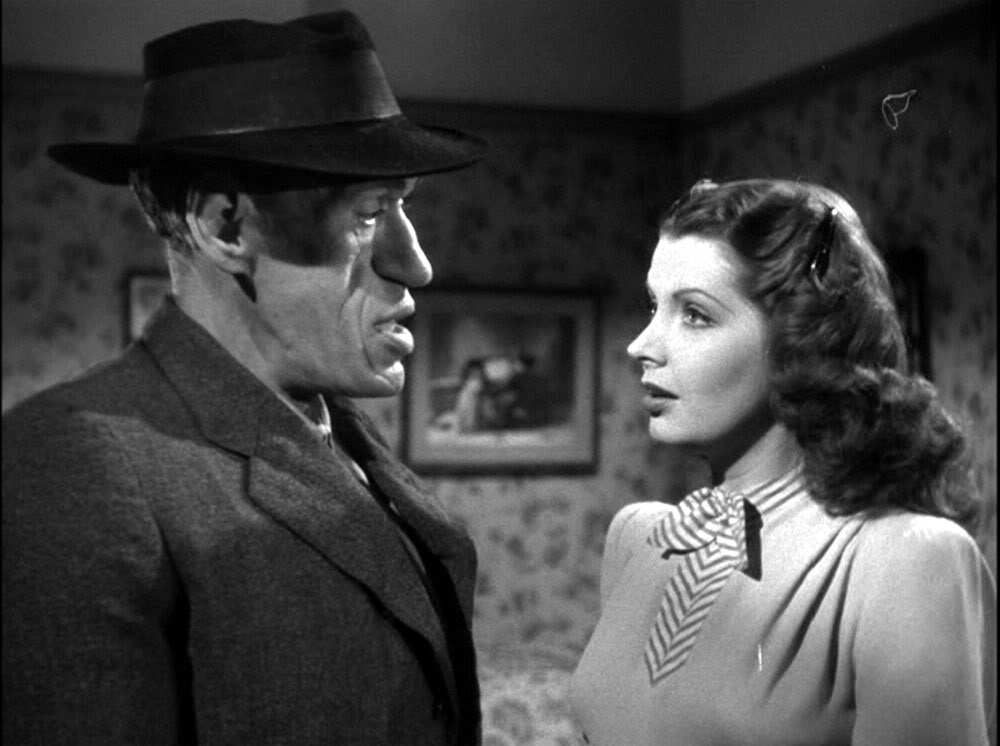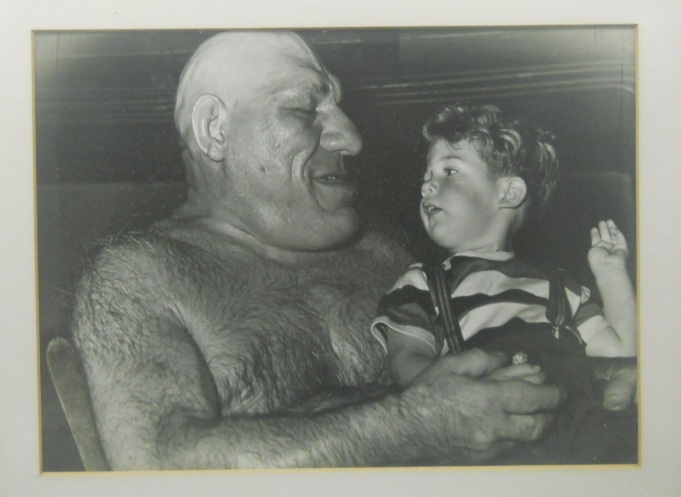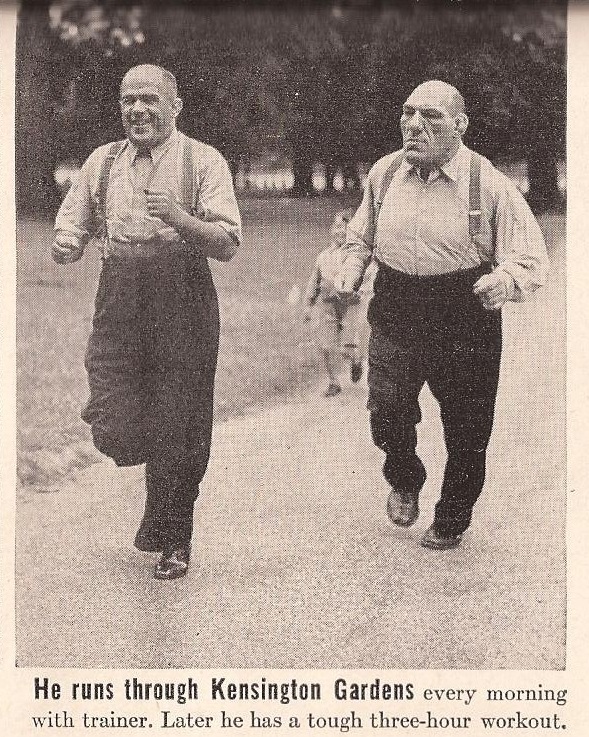Stimulated Growth Hormone From Acromegaly After Epiphyseal Closure Does Not Increase Height
This post will be a short one since we have already hypothesized on what would happen to a person who tries to stimulate their pituitary gland after all their growth plates have disappeared. I managed to find two people who lived in the last century which had unique cases of acromegaly. All we are trying to say is that the types of exercises some people have been promoting to increase the level of GH released into their system won’t have any effect, after the growth plates are fully closed.
The Back Story
I recently started to get into watching a little bit of the tele and noticed in one of the episodes of the new UK show Sherlock (Specifically Season 1 Episode 3) that there was an extremely tall individual that was on the show. They called the man “The Golem”. He was supposed to be some type of bohemian/czech hired killer who killed people by crushing their heads with his hands. I was curious at just how tall the actor was and found that the person is named John Lebar. The website The Tallest Man listed him at 7′ 2.6″ but most sources list him at 7′ 3″. However, what was probably more surprising was that this golem character has been played multiple times.
Side Note: What has happened is that the characters of Dracula and Sherlock Holmes has been the two characters from literature fiction which has been most depicted on TV and movies in history. If a literary figure was going to be played out so often, some of the other major characters in the anthology and myth of the central figure would also appear over and over again. For Dracula, it would be Mina, Lucy, John Harker, and Van Helsing. For Sherlock Holmes, it would be Watson, Mary, Mycroft, and Moriarty. The golem seems to be one of those characters that appear again and again in the retelling of these Sherlock Holmes stories, similarly like The Hounds of the Baskerville, The Sign of Four, The Red Headed League, and similarly popular stories.
Back to the point: The other actor’s name that appeared in the google searches when I typed in for more information about the actor playing the golem was a Rondo Hatton. When I looked at the man’s face, it was clear that he indeed had some type of pituitary overstimulation causing the features of his face to be over-pronounced. When I searched to find out about his height, again it would lead to a thread on The Tallest Man website here.
Example #1: Rondo Hatton
From the picture above, we see that this Rondo Hatton guy does not seem to tower over his female actor, which is a good first indication that the acromegaly he suffered did not give him any extra height. What we do see is that their heads are very different in size to one another, most specifically the nose and ears. Remember that the nose and the ear are made from cartilage, fibrocartilage. It turns out that the nose & ears on a person never stops growing. Over time, the ears become larger, and most physicians believe the ears drop down from the force of gravity pulling the collagen downwards.
Besides the ears and nose, it seems that his eyebrow ridge is also very pronounced and his lips are quite large as well. We have seen the large pronounced eyebrow ridges before in other people who have suffered from excess GH, whether gigantism or acromegaly.
Example #2: Maurice Tillet aka The French Angel
The 2nd guy I found was a guy named Maurice Tillet, which was called the French Angel. His head compared to the young boy he is holding in the first picture shows that it might be possible to make one’s head wider and maybe even longer as an adult. People’s heads on average grow only slightly bigger than the skull size they had when they came out of the womb. Human heads change only slightly as they grow older. Tillet’s head is most likely a sign that acromegaly can give a person a larger head. If that is the case, we could propose the other idea that induced acromegaly can give a person some small bit of extra height, but they would have to accept that their heads might become slightly large in proportion to their bodies.
Notice from the 2nd picture how Tillet seems to be even shorter than average. His head has become extremely wide, and his face reminds me of the Russian Boxer Nikolai Valuev. It is very possible that Valueve also has a condition causing excess GH being released, but Valuev is 7 feet tall, and Tillet was probably below average in height.
The whole point of this post is this. If one is absolutely positive that there is no longer any cartilage tissue left as a band on their long bones, the stimulation of growth hormone (aka somatropin or somatatropin) would NOT help. The most likely result is that the person develops a larger head, but that growth will be most noticeable in the nose and ears.
The cases of Rondo Hatton and Maurice Tiller are two clear cases of what happens to people who have the pituitary gland stimulated after the cartilage tissue is gone.
We note very clearly that in both of the men, the size of their noses and ears, which are cartilage tissue (but fibrocartilage), is disproportionately large compared to their heads.
We now contrast their overall adult height and maybe compare it to the Brazilian Elisany Silva who stands around 6′ 8″- 6′ 9″. Notice how her body looks so thin and ectomorphic. I personally suspect that to allow for the body to increase in height from excess GH release, it has to happen either before or during the onset of the puberty cycle. If the growth hormone increase happened during puberty, I don’t believe that even that would work to make a person taller. Increases in GH has been shown to actually accelerate growth plate senescence. If the condition happens early enough in a person’s life, then their bodies will turn tall and thin, unlike what happened with Hatton and Tillet.
{Tyler- Here’s an interesting study about Growth Hormone that connects to Acromegaly:
The effect of growth hormone on body composition.
“GH increases the amount of body cell mass and extracellular water and decreases body fat. GH treatment has been shown to promote a redistribution of adipose tissue from the abdominal (android) to a more peripheral (gynoid) distribution. The reverse change has been demonstrated in patients with acromegaly after successful treatment. The anabolic action of GH was first demonstrated when nitrogen retention was observed after GH administration. GH seems to stimulate cell division and increase the amount of DNA in the muscle. In patients with acromegaly the overweight is partly explained by a significant increase in body cell mass and muscle volume, compared to matched controls, demonstrated by several independent methods of determining body composition. In GH-deficient patients, however, the overweight is due to an increase in adipose tissue mass and the body cell mass seems only decreased in subjects below the age of 55. The anabolic action of GH is accompanied by sodium and fluid retention, due to increased sodium pump activity{The Sodium Potassium pump may be linked to growth plate hypertrophic expansion}. In acromegalic subjects extracellular water has been shown to be increased by up to 25%. However, in GH-deficient adults the extracellular fluid volume is markedly decreased by approximately 15%. Replacement therapy with recombinant human GH in patients with GH deficiency restores the extracellular fluid volume by an initial rapid expansion of the fluid volume, followed by a slight decrease towards a new steady-state level. GH has profound effects on body composition. Although body composition is determined by many factors including age and physical activity, changes in body composition can be helpful parameters in following the effect of GH in various body compartments.”
If growth hormone’s height increase effects is linked to the sodium potassium pump and water increase that explains why acromegaly would not increase height in adults. You would need to do something like induce chondrogenic differentiation to cause height increase in adults. Although the study does also say that Growth Hormone may encourage differentiation of prechondrocytes into chondrocytes. But prechondrocytes would be like those in the Zone of Ranvier and not ordinary Mesenchymal Stem Cells.



